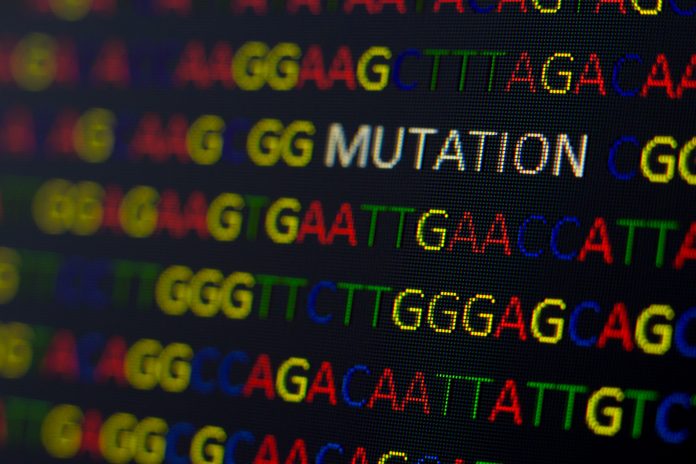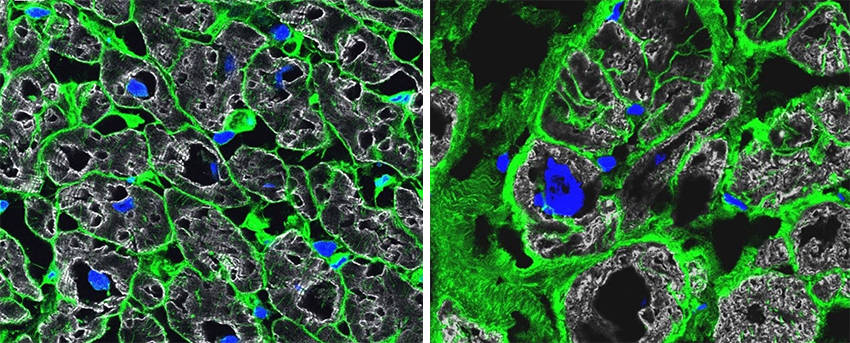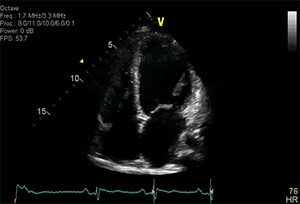
An immune-compromised man with a year-and-a-half-long COVID infection served as a breeding ground for dozens of coronavirus mutations, a new study discovered.
Worse, several of the mutations were in the COVID spike protein, indicating that the virus had attempted to evolve around current vaccines, researchers report.
“This case underscores the risk of persistent SARS-CoV-2 infections in immunocompromised individuals, as unique SARS-CoV-2 viral variants may emerge,” said the research team led by Magda Vergouwe. She’s a doctoral candidate with Amsterdam University Medical Center in The Netherlands.
The patient in questioned endured the longest known COVID infection to date, fighting with the virus for 613 days before dying from the blood disease that had compromised his immune system, researchers said.
Immune-compromised patients who suffer persistent infections give the COVID virus an opportunity to adapt and evolve, the investigators explained.
For instance, the omicron variant is thought to have emerged in an immune-compromised patient initially infected with an earlier form of COVID, researchers said.
In this latest report, the man was admitted to Amsterdam University Medical Center in February 2022 with a COVID infection at age 72, after he’d already received multiple vaccinations.
He suffered from myelodysplastic and myeloproliferative overlap syndrome, a disease in which the bone marrow makes too many white blood cells, according to the U.S. National Cancer Institute.
Following a stem cell transplant, the man also had developed lymphoma, a cancer of the white blood cells, researchers said.
A drug he took for lymphoma, rituximab, depleted all the immune cells that normally produce antibodies for COVID, they added.
To clear his COVID, the man received a monoclonal antibody cocktail that ultimately proved ineffective.
In fact, gene sequencing showed that the coronavirus started mutating to evade the antibodies he’d received, a step that could have potentially undermined the effectiveness of the treatment in others, researchers said.
Gene sequencing of 27 nasal specimens taken from the man revealed more than 50 mutations in the COVID virus, including variants with changes in the spike protein targeted by vaccines.
“The prolonged infection has led to the emergence of a novel immune-evasive variant due to the extensive within-host evolution,” researchers said.
Such cases pose a “potential public health threat of possibly introducing viral escape variants into the community,” they added.
However, they noted that there had been no documented transmission of any COVID variants from the man into other people.
The researchers will present their findings at the European Society of Clinical Microbiology and Infectious Diseases meeting next week in Barcelona. Findings presented at medical meetings should be considered preliminary until published in a peer-reviewed journal.





